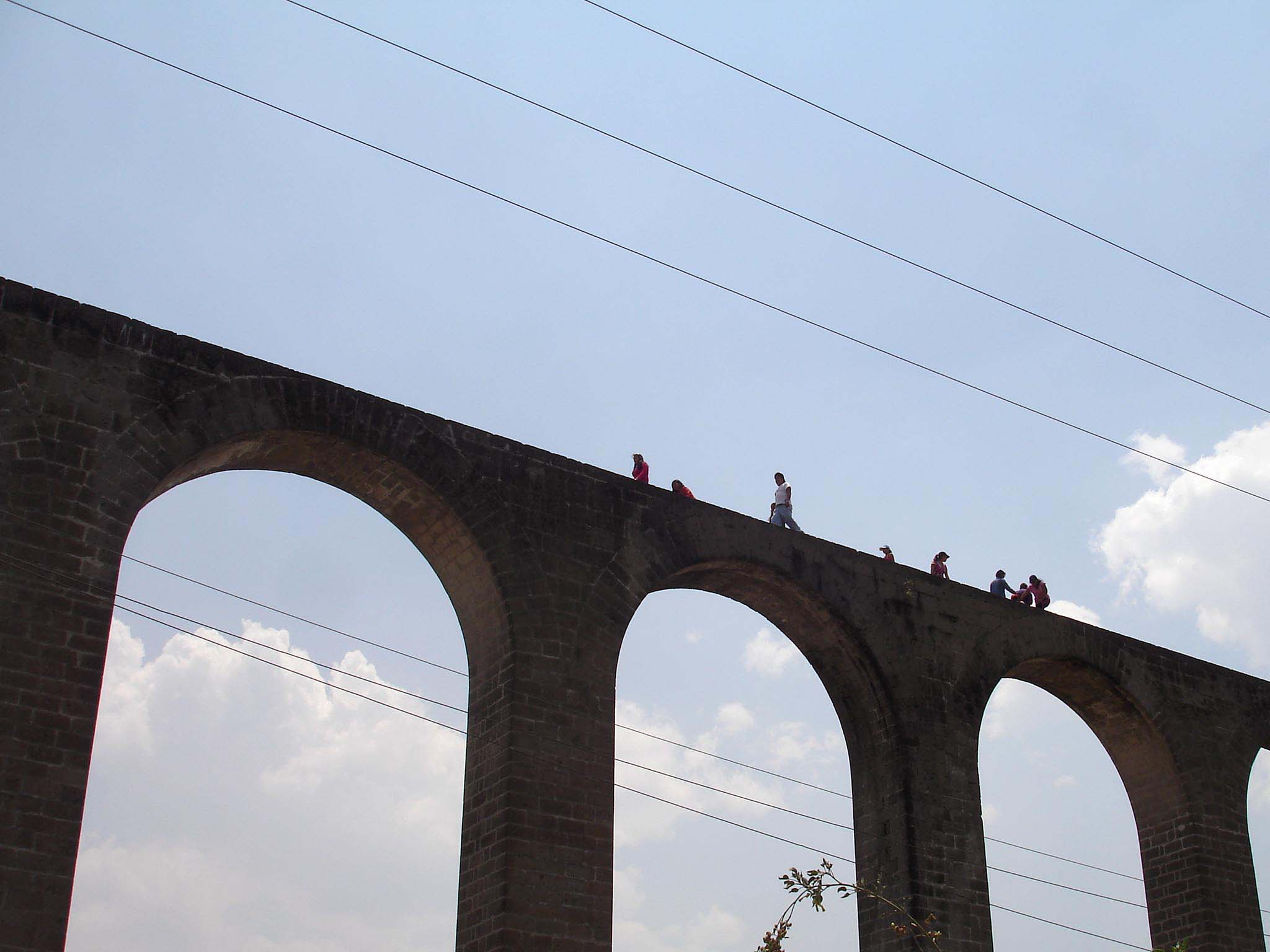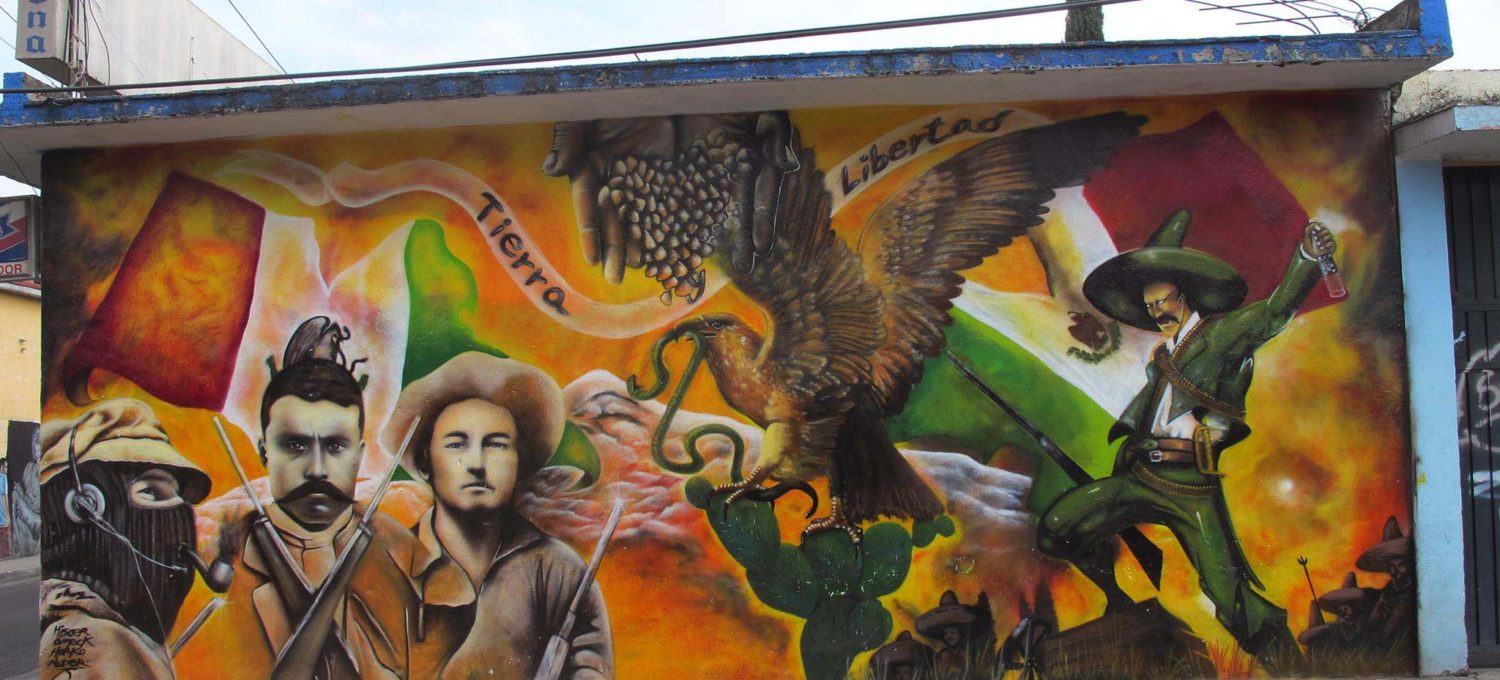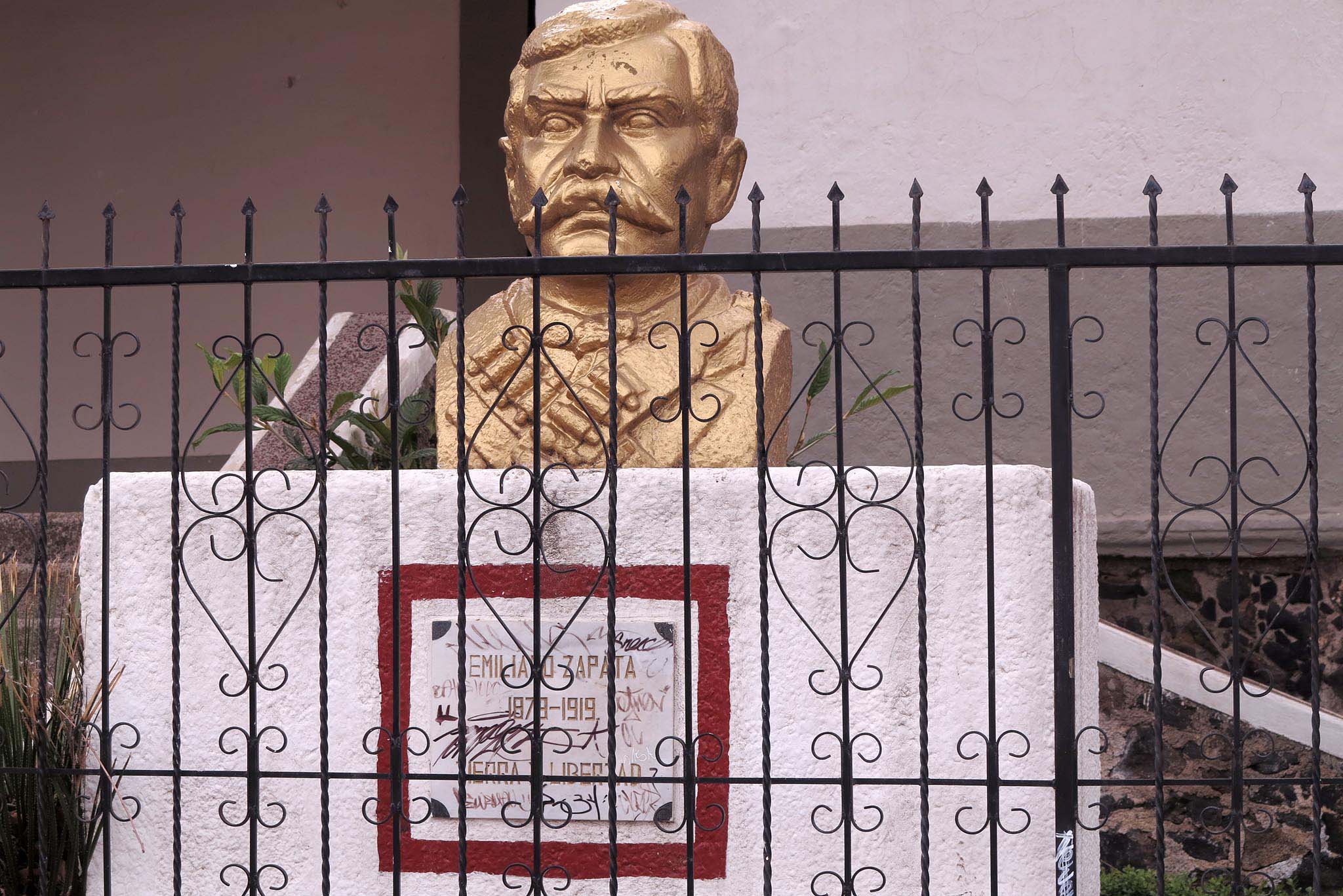
Mexico city was founded on an island in a lake in 1325. This means that much of the city’s history took place on the shores of the lake in what is now the periphery of the megalopolis. Most archeological sites are now in the periphery and the city is even encroaching on one of the most important archeological sites in the Americas, Teotihuacan, the City of Gods. Pyramids can be found in Tenayuca in Tlalnepanta and the Cerro del Elefante in Ixtapaluca and other sites along the edge of the city. After the conquest the periphery is where haciendas were founded and their ruins are not uncommon along the edge of the city.
Milpa Alta – Revolution
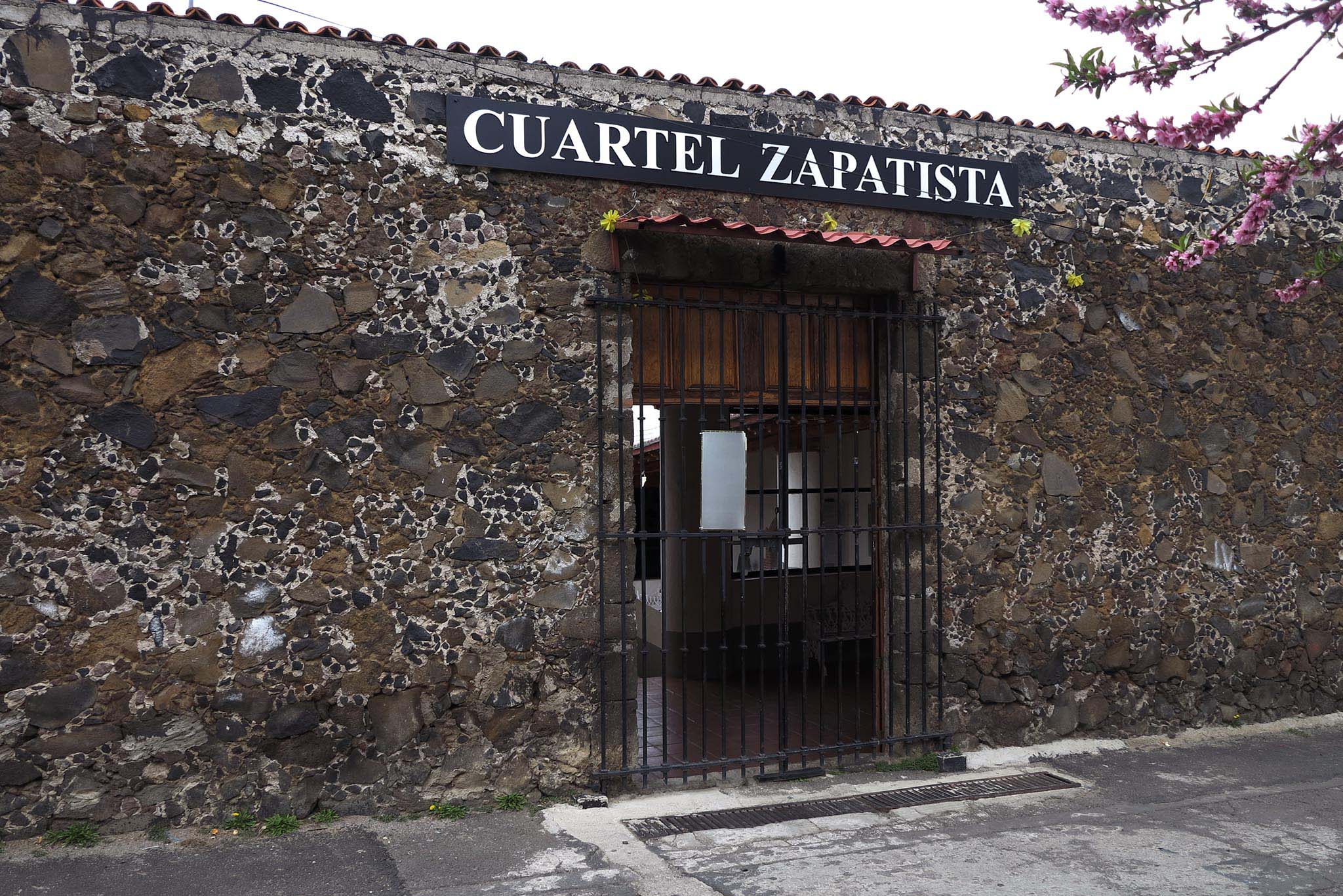
The people of Milpa Alta feel greater cultural identification with the people of Morelos with whom the share the mountains of the Sierra Ajusco-Chichinautzin than the people of the city. It is therefore not surprising that Milpa Alta rose with the Army of the South, led by Emiliano Zapata, during the Mexican Revolution. In 1914 Milpa Alta was occupied by Zapata as his advance post into the Valley of Mexico.
However shortly afterward he retreated back to Morelos, which was not an option for the people of Milpa Alta who had risen with him and were now left exposed to the brutal repression of the conservative forces. For this reason Milpa Alta still has an ambiguous relation to Zapata, on the one hand they are proud to have stood with him, on the other hand they still feel a little betrayed by his retreat and its grave consequences for the community.
Milpa Alta’s revolutionary tradition is still quite strong and the community is proud of the soldiers it brought forth in that period. Notably Ché Guevara and Fidel Castro prepared for their incursion into Cuba in 1958 in the Rancho Santa Rosa in the mountains behind Milpa Alta. It is no coincidence that sub-commandante Marcos past through Milpa Alta in his caravan to Mexico City.
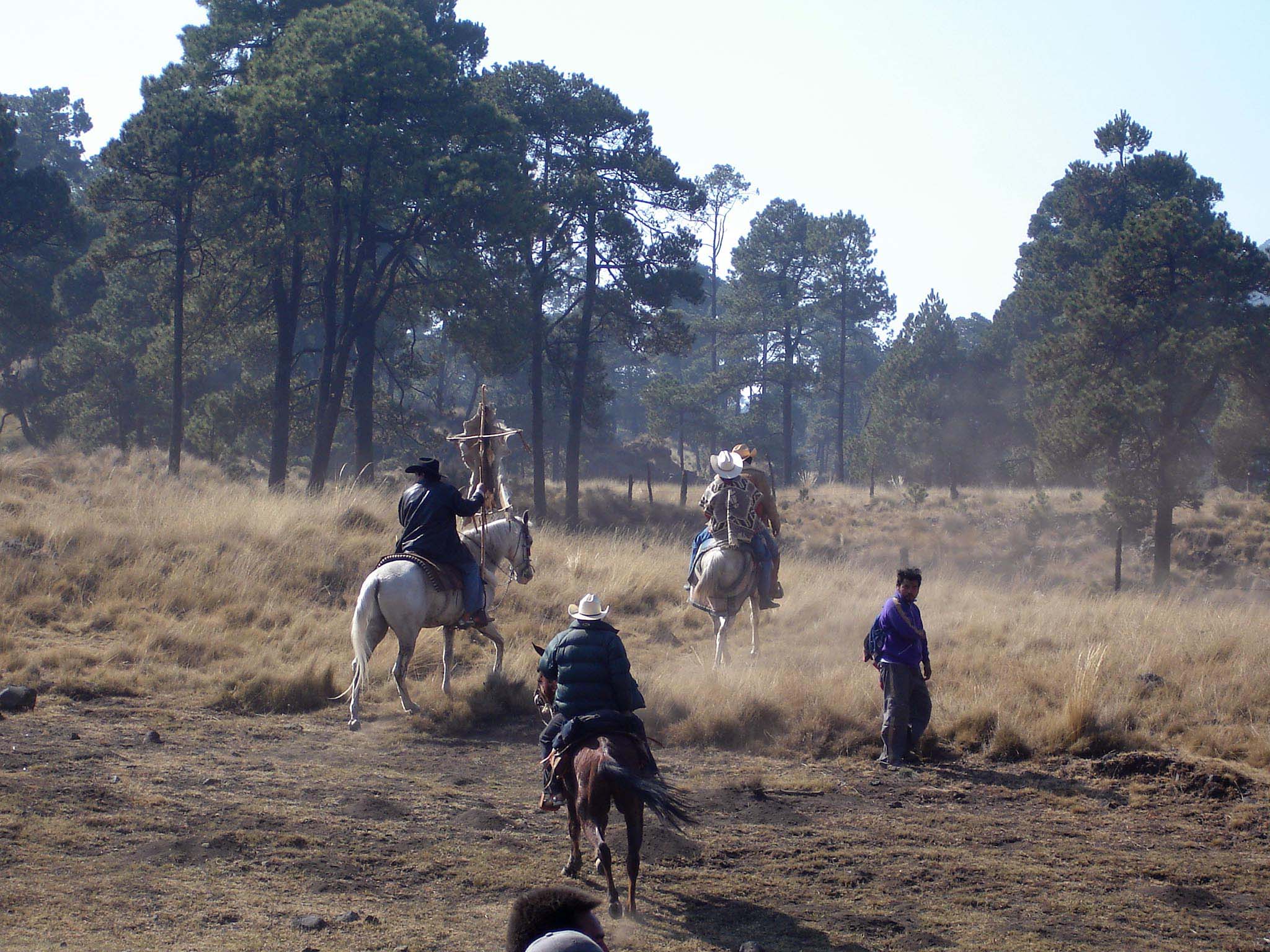
Though a great of politics, reform and revolution is talked in Mexico City if one looks at the reality of revolution it seems to be largely impelled by rural, ethnically indigenous, groups such as the antorcha campesina or the communeros of Milpa Alta.
Museum Dolores Olmedo
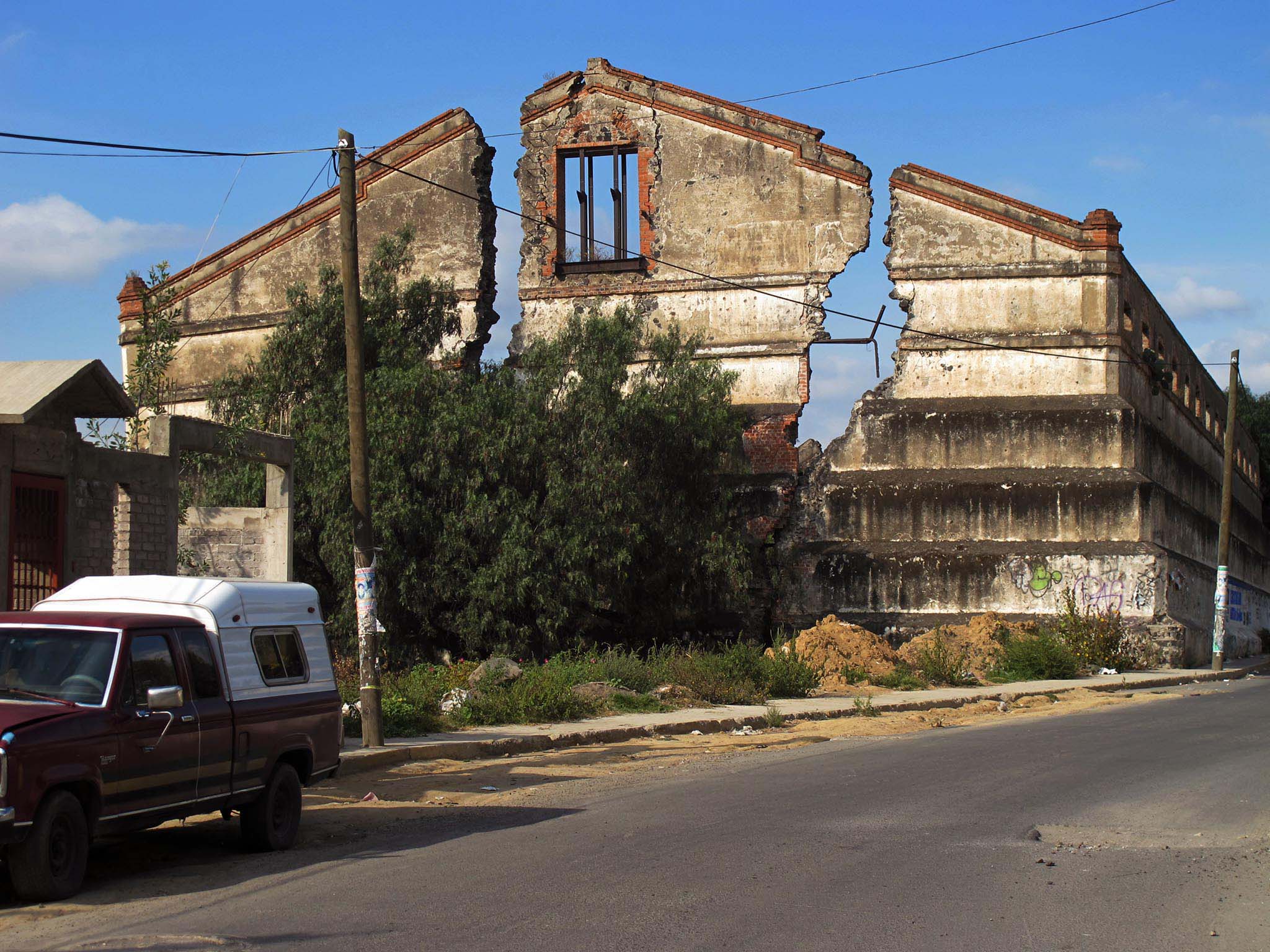
After the conquest the economy of Mexico revolved around haciendas, basically large fortress, farms supporting a large community of indentured campesinos a kind of post feudal agrarian factory. In late colonial times there were 160 haciendas in the Valley of Mexico according to Charles Gibson in his seminal book, The Aztecs under Spanish Rule.
While the indigenous villages of the Valley of Mexico clustered close to the lakes, which were sources of food and a means of transport, the Spanish haciendas tended to be built on the slopes of the hills and mountains surrounding the valley. The ruins of such haciendas can be found in various parts of the edge of the city from Tepetloaxtoc in Texcoco and Los Portales in Cuautitlan to La Noria in Xochimilco. The areas around Chalco and Cuautitlan had especially high densities of haciendas.
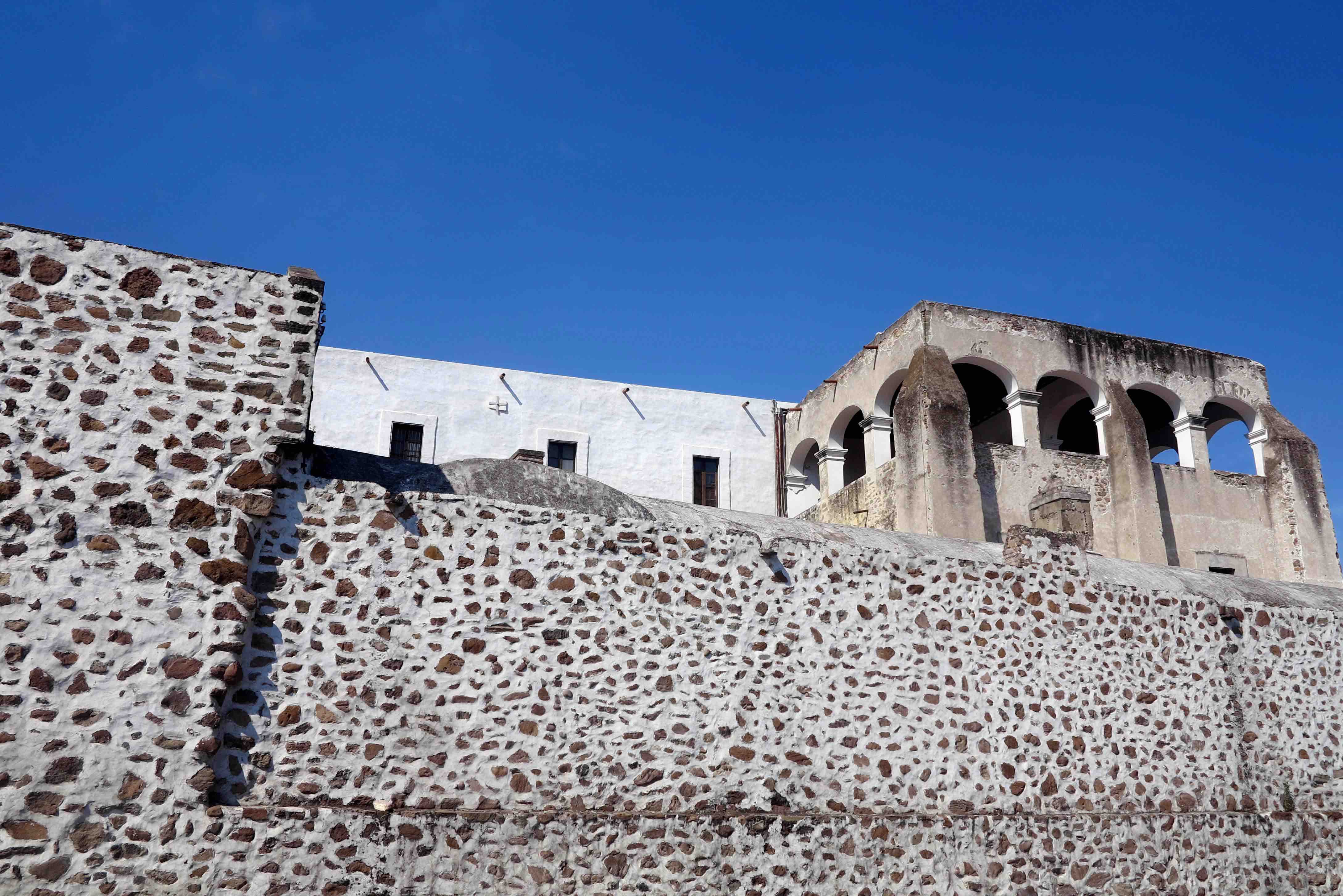
La Noria is somewhat exceptional since there were barely any haciendas in Xochimilco, its agricultural success by indigenous method being too important to risk losing by conversion to the hacienda system. Its chapels and wide enclosed gardens still show how beautiful the good life could be for someone born on the right side of the social divide during the Spanish colony.
Now the Noria is a museum dedicated to the work of Diego Rivera and Frida Kahlo, peacocks and the native Xoloxquintle dogs wander the wide lawns and cobbled walkways. History seems to have treated the Noria well.
Battle of Tres Cruces
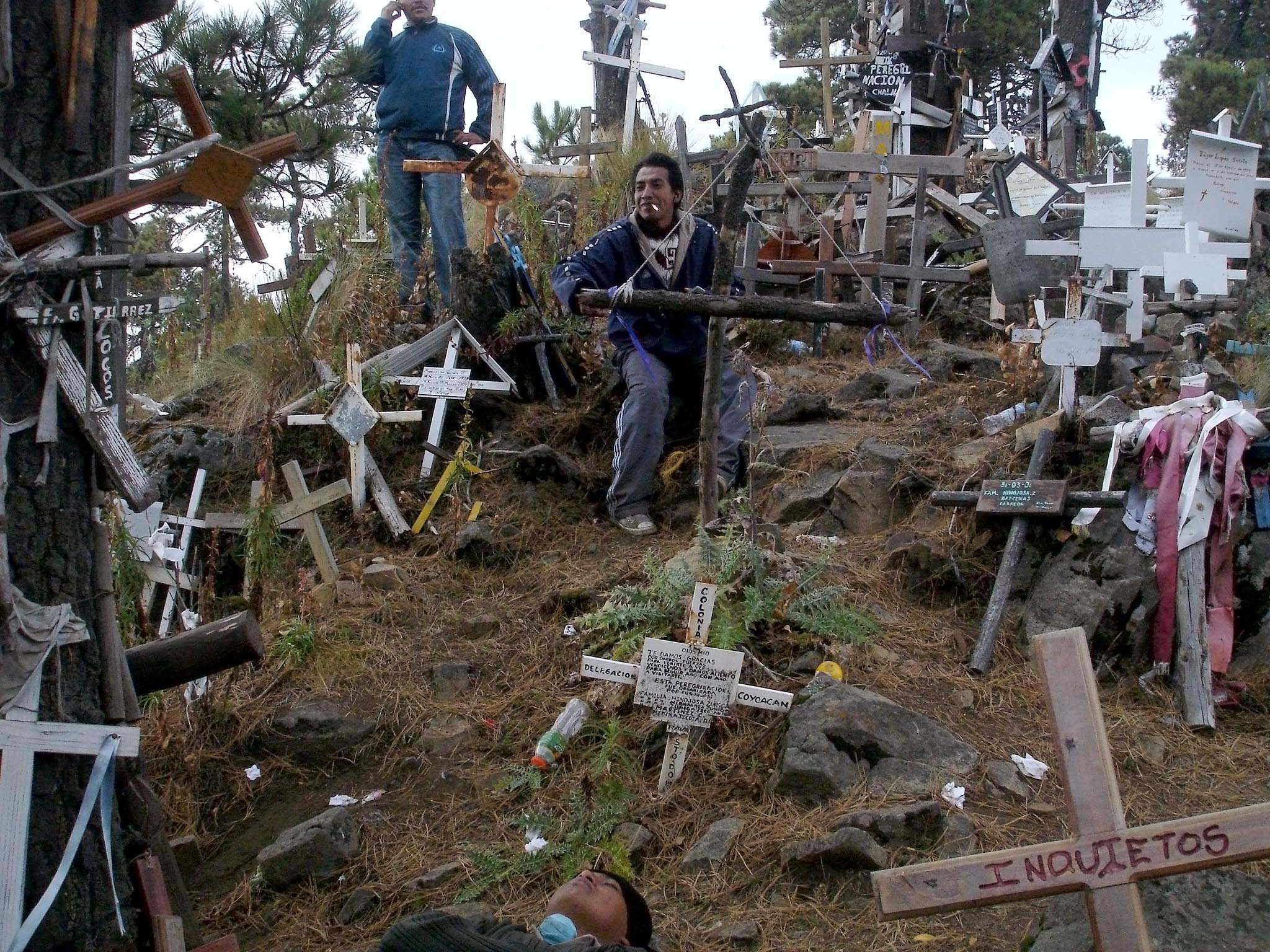
In 1810 an important battle of the war of Independence from Spain took place just beyond Cuajimalpa in the pine-covered mountains separating Mexico City from Toluca. The battle was won by revolutionary general, priest and leader of the independence movement Miguel Hidalgo and his partner in the independence movement Ignacio Allende. After the victory the road to Mexico City lay open before them. Yet despite gaining the victory he failed to seize the capital, retreating to the north and leaving the populace of the city awaiting its liberation.
Both Allende and Hidalgo would later die in the campaign for independence. Ironically it was one of the captains fighting for the Spanish crown during the battle of the Monte de las Cruces, Agustin Iturbide, who would become the first leader of an independent Mexico in 1824.

Iturbide was a conservative who quickly declared himself the emperor of Mexico. In hindsight one might speculate whether Mexican and Latin American history would have been different if Allende and Hidalgo, the progressive leaders of Mexican independence, had marched on and taken the capital in 1810.
It would have been a much more authentic moment of popular independence than the one which finally arose with a conservative cats paw being installed while Spain was under the rule of the French.
The Lake of the Valley of Mexico
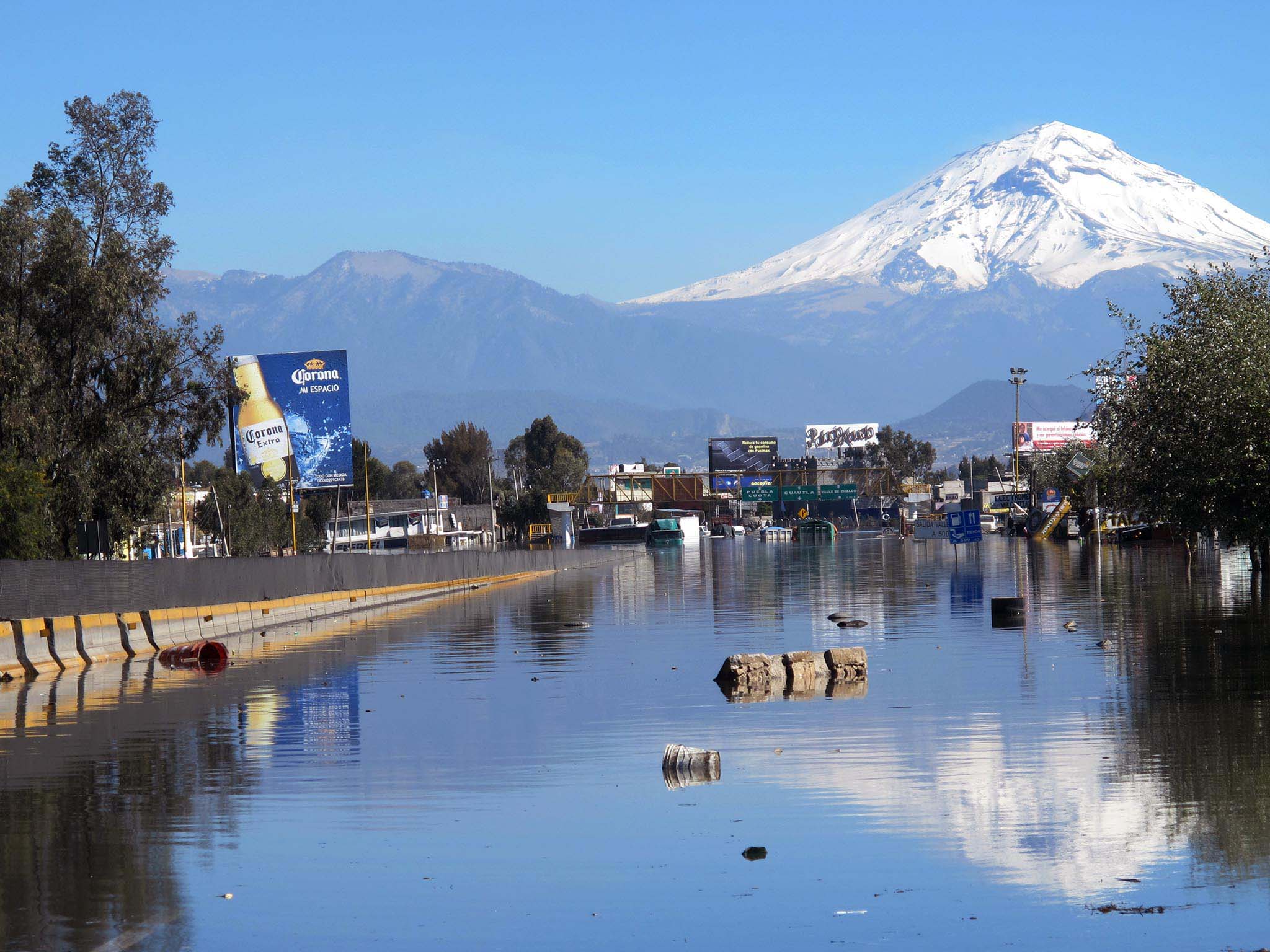
This lake was once the largest of five lakes filling the Valley of Mexico. This system of lakes is essential to understanding the Valley of Mexico and the oldest human remains in the Valley were found by the Cerro del Elefante. These remains are 11,000 years old and somewhat controversial in the perspective they give on the theory of the colonization of America by a land bridge over the Bering Strait at the same time.
At the time the Valley of Mexico was populated by mammoths and sable tooth tigers. Migratory fowl covered the waters and fish was abundant. A paradise among the smoking volcanoes. The first settlements to spring up around the lake were Tlatilco in Naucalpan, Ticoman in Tlanepantla under the Sierra de Guadalupe and Cuicuilco in Tlalpan between 1,800 and 1,200 BC.
Beyond the natural abundance of the lake, the use of boats as a great advantage for riverine communities. There were no beasts of burden to carry heavy loads in the New World. Important cities rose up and fell along the lakes. The greatest of which would be Mexico Tenochtitlan, the island city of the Mexica founded in 1325, progenitor of Mexico City.
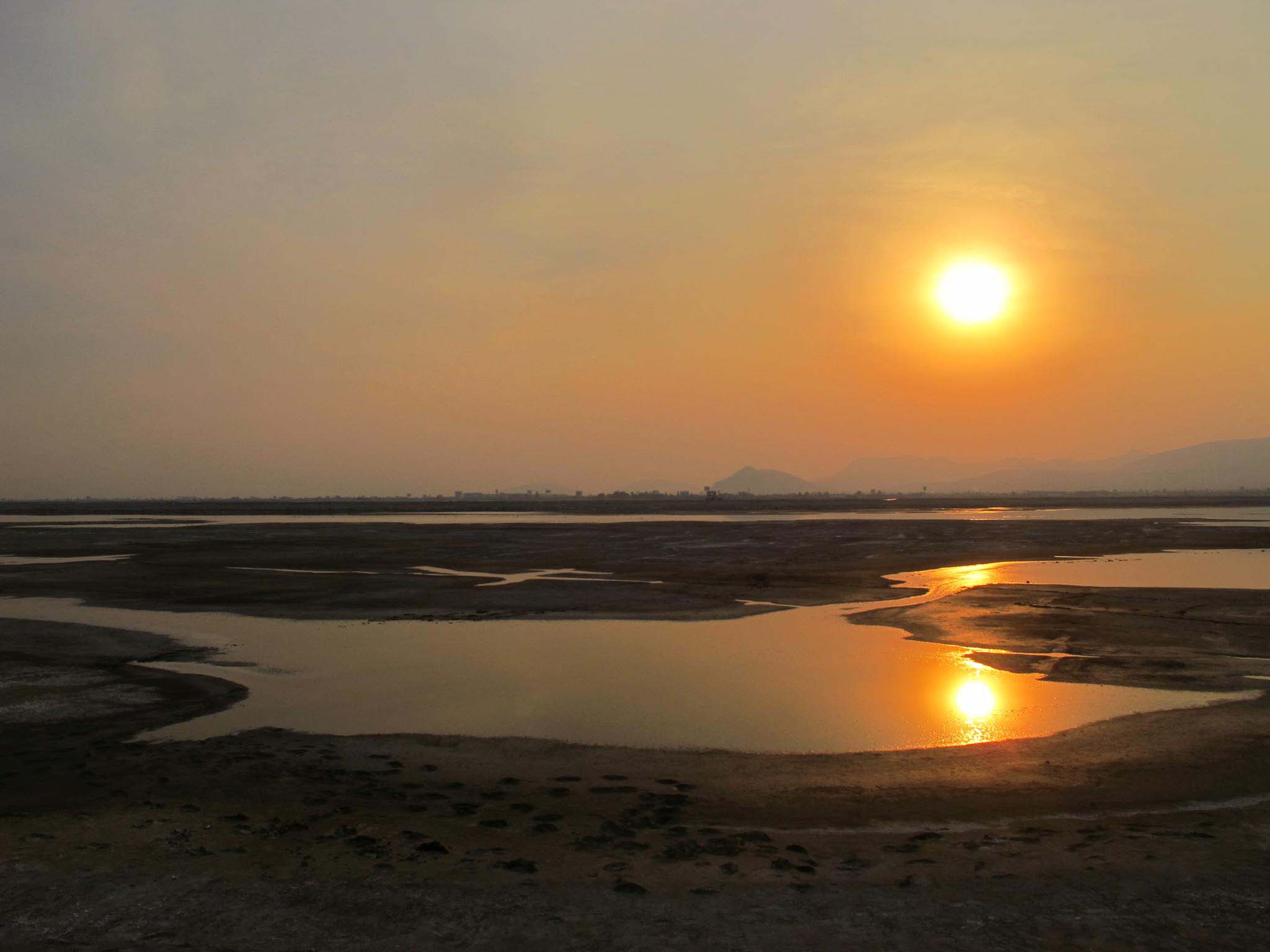
Flooding was a continual threat in this basin where water really had nowhere to go but the lakes and successive government during colonial and postcolonial times worked toward the drying of the lakes. The idea of what was a modern urban capital finally laid low the lakes as 19th century developers and engineers set themselves to the project of draining the valley thus ending one of the world’s great wonders.
Aqueduct of los Remedios
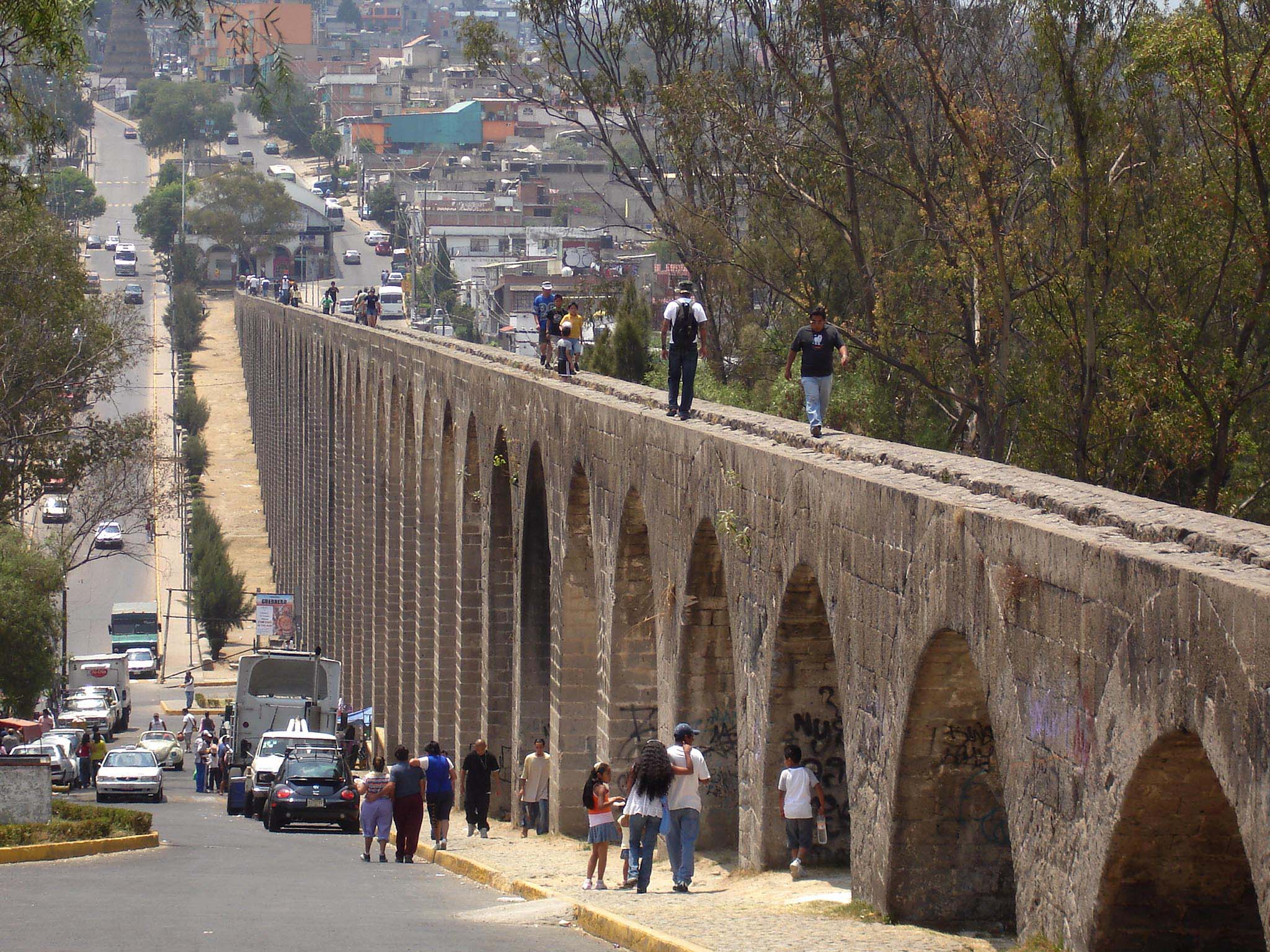
One of the most impressive colonial archeological remains in the periphery is the Aqueduct of Los Remedios, leading to the sanctuary of the Virgin de los Remedios in Naucalpan. It crosses a valley poised on huge stone arches, 16 meters high and 500 meters long. It was built in the 18th century. Historically it is not that important. In the end it was never used.
This perhaps is one of the great mysteries of Mexico City, the great efforts made by authorities and the powers that be without any appreciable effect. Ditches are dug which connect to nothing, half-finished pedestrian bridges cross busy avenues, piles of huge concrete drainage pipes rot in fields unused. The edge of Mexico City is full of these remains.
The edge of the city has always attracted large and ambitious projects. Where there is ambition there is risk. And so the Aqueduct of the Remedios dangles in the air without purpose. No doubt many others of the great works undertaken on the periphery will sooner or later be dysfunctional hulks.
But meanwhile families walk over the aqueducts arches, braving vertigo to get from the Los Remedios sanctuary to the neighborhood beyond– very large beautiful pedestrian bridge by which to cross the sky.
